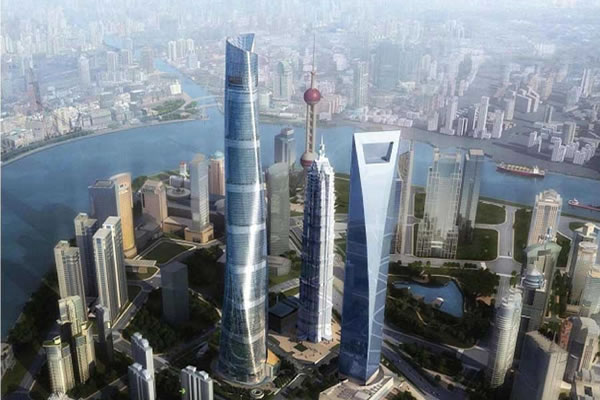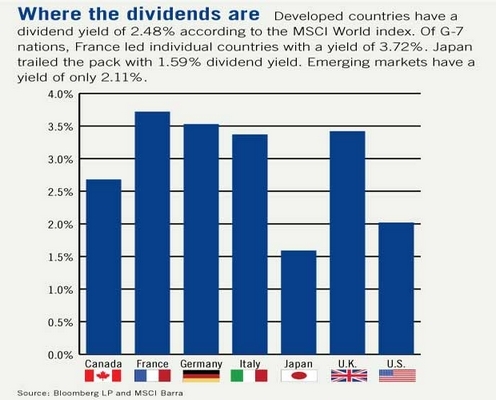What the 1929 crash tells us about stocks today
Standard and Poors: All indices
Chinese property bubble under scrutiny
India’s Surprise Rate Rise Is `Sign of Things to Come’ in Inflation Fight
Moment of Truth for Europe’s Common Currency
Easing Trade, Investment Barriers Can Unlock South Asia’s Vast Potential – Report
Investment Outlook By Bill Gross, March 2010

Shanghai, China
